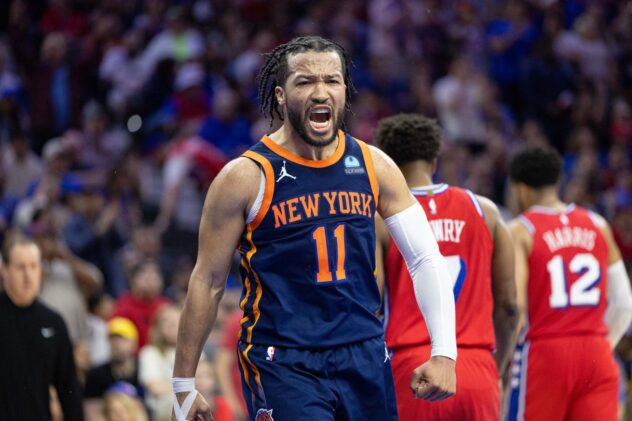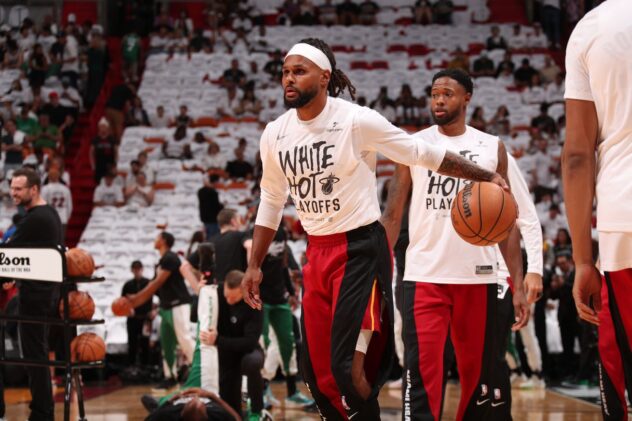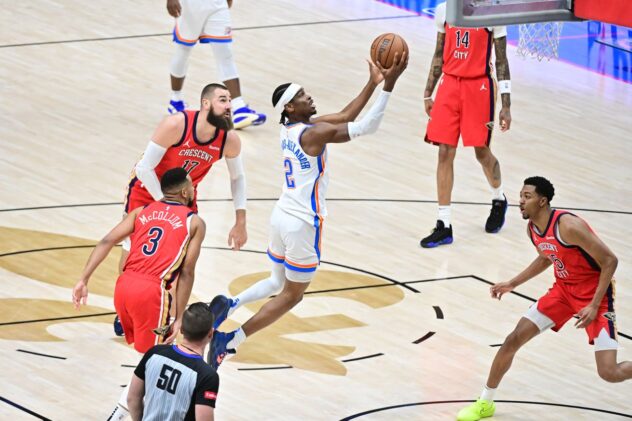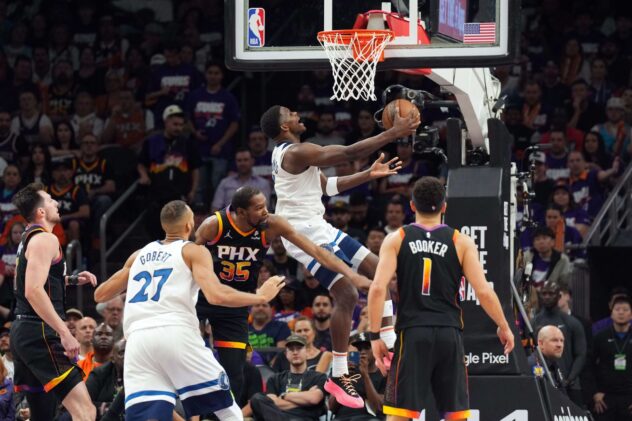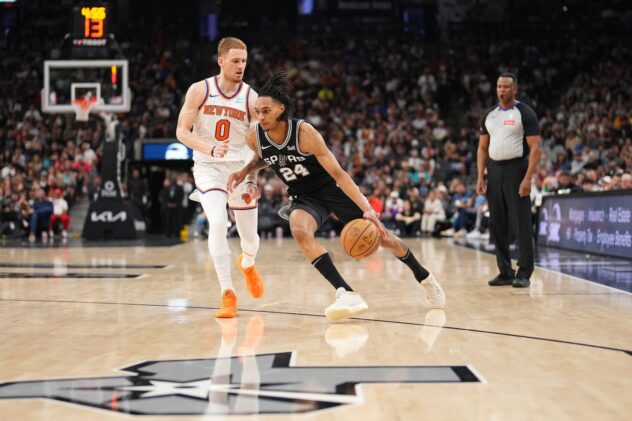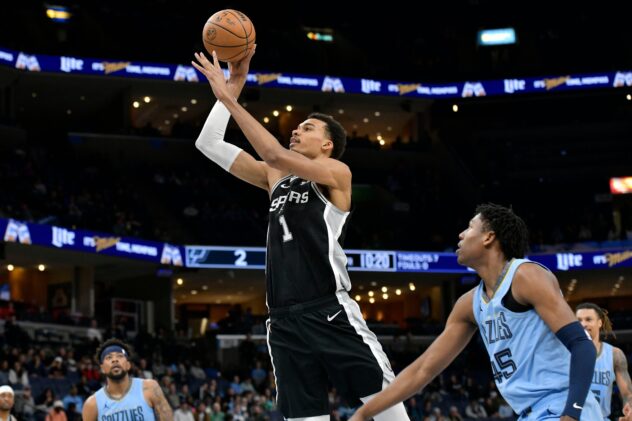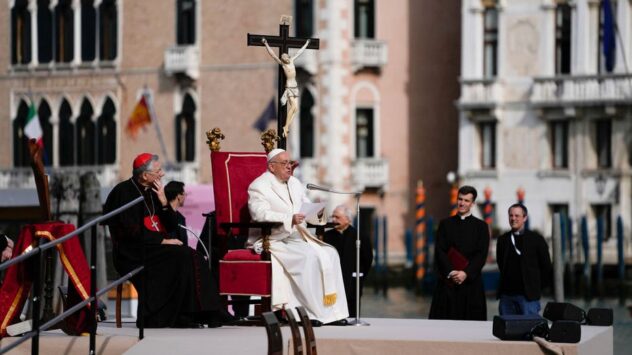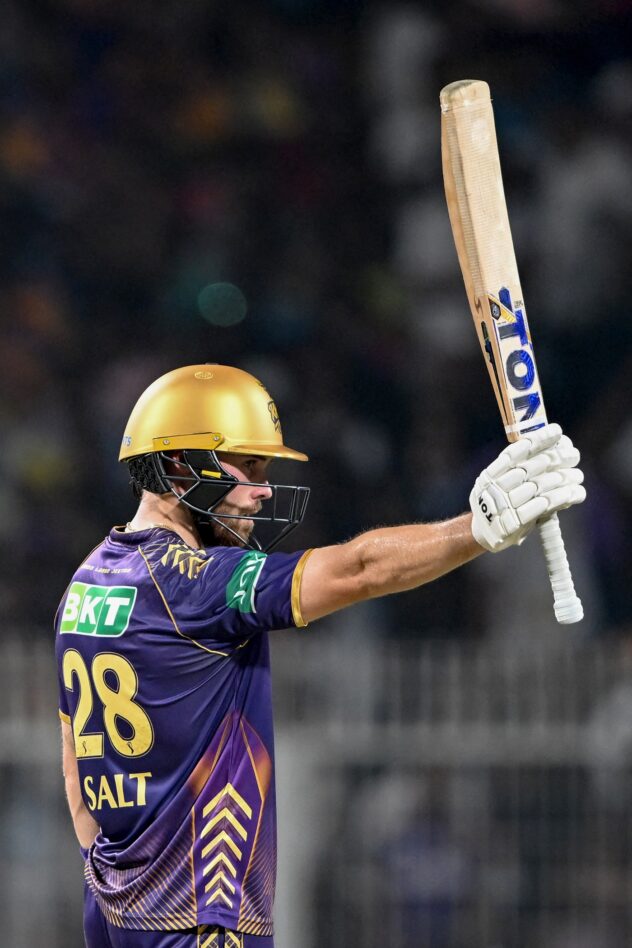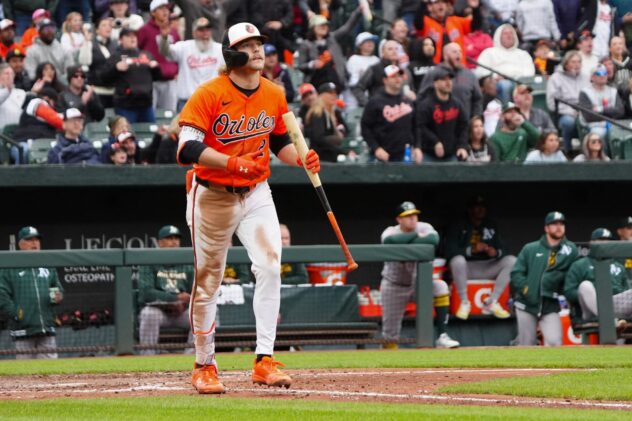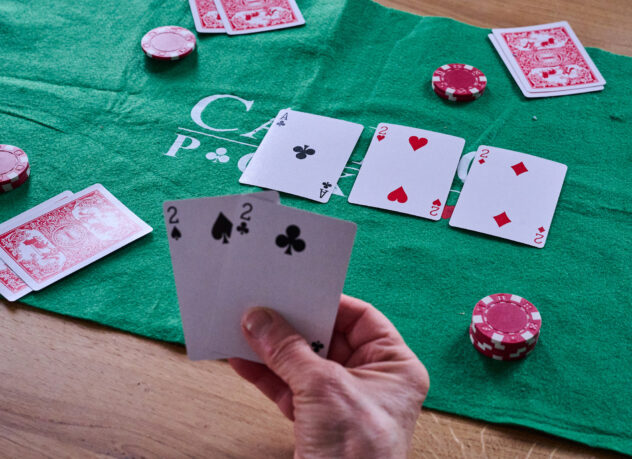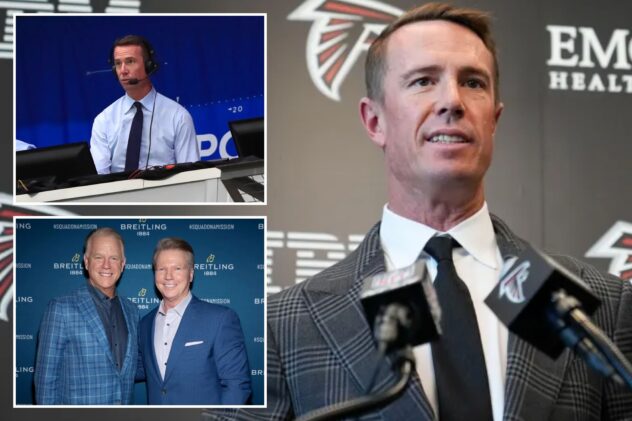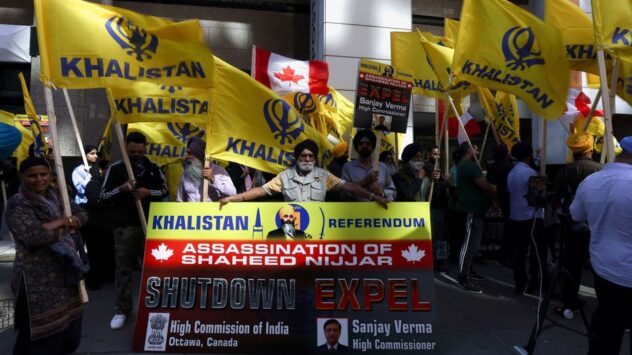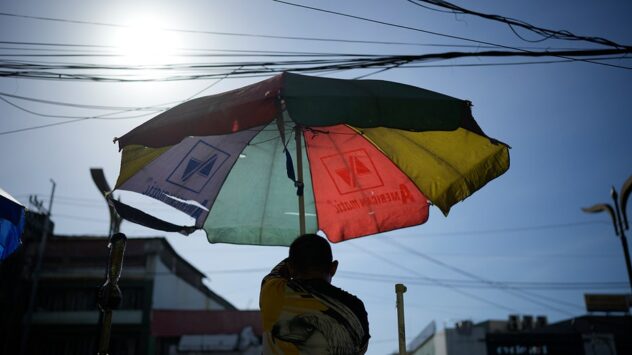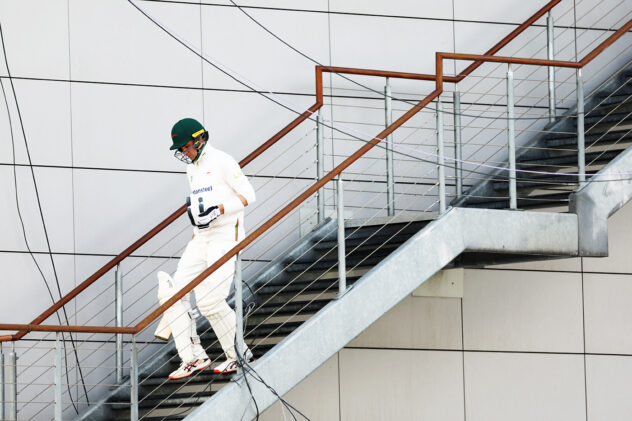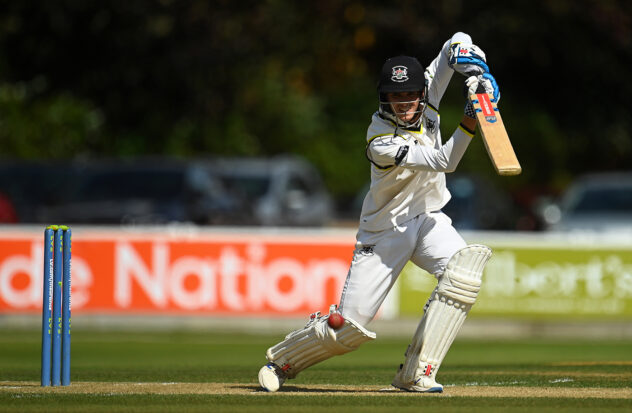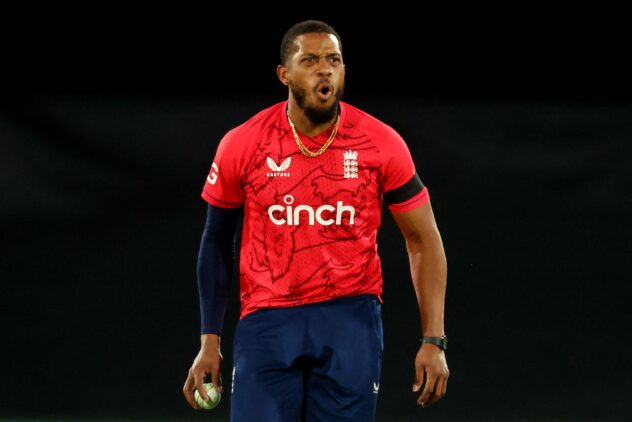The Spurs’ offseason may pivot around the power forward position and how they define it
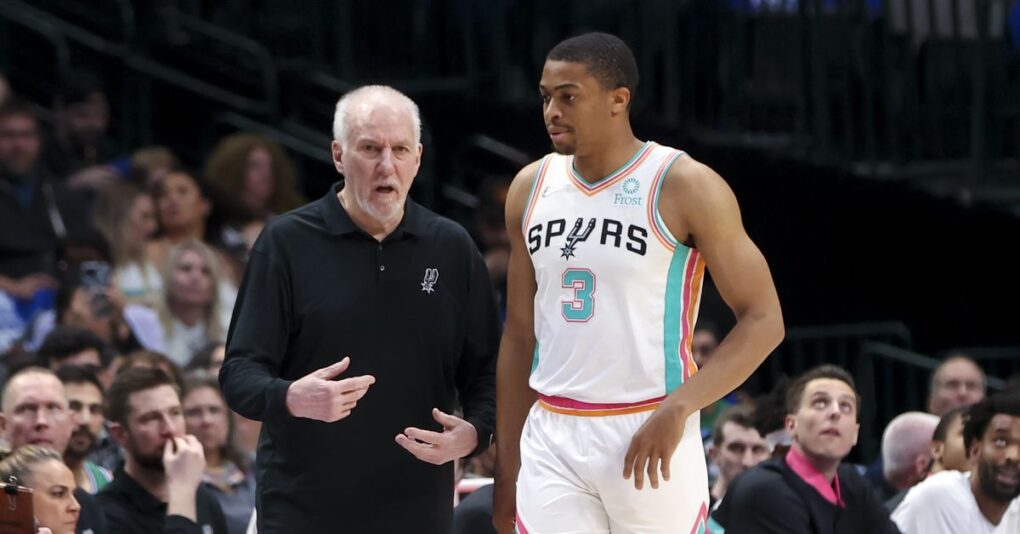
There really isn’t a non-tedious way to preface a positional discussion without acknowledging that standard basketball positions went out the window a while ago, and that inverted offenses, modern defensive schemes, and the equal chance of a point guard or center getting a triple-double mean we either lean on new player archetypes or contextualize skills needs to individual team and lineup situations.
Now imagine I just accomplished some version of that so that we’ve fixed our lens firmly on your 2021-22 San Antonio Spurs. After rolling out frontcourts of late-stage Pau Gasol, LaMarcus Aldridge, and Rudy Gay just a few years earlier, they fully embraced the league’s positionless era by mostly surrounding a seven-footer with a cast of quick, multi-skilled, interchangeable guard-type players. That approach both served its purpose and brings some major decisions to a head around whether to bring it back.
Those decisions include where to invest their significant draft capital (3 picks in the top 25) this year, how to prioritize offseason moves and visualize next season’s team, and a possible rookie extension of Keldon Johnson following a highly productive leap year.
In practice, the new era of Spurs basketball meant a starting group of 4 perimeter players (Dejounte Murray, Derrick White/Joshua Primo, Devin Vassell/Doug McDermott, Johnson) orbiting Jakob Poeltl. Some roles were more implicit than others — the shooters knew who they were, and Murray understood his load on offense, while he or White defended at the point of attack and the 6-6, 200-lb Johnson typically checked the bigger forward/wing — but that defensive switchability and offensive unpredictability became the wavelength upon which the team operated.
Gregg Popovich leveraged his logjam of perimeter talent, maximized their minute distributions and mitigated the lack of three-point shooting and individual shot creation by playing active, point-five basketball. After San Antonio ranked 10th in the stat in 2020-21, no team in the league covered as much ground on offense than the driving and kicking Spurs this season. They finished 17th in offensive rating and steadily cleaned up their end-game execution as the year went along, as young teams do.
The results on the other side didn’t quite live up to expectations, even if the Spurs ranked a notch higher on defense (16th) than offense. They switched 1 through 4 and pressed more heavily than the year before but also struggled to contain penetration and keep bigger opponents off the glass. According to Basketball Reference, they were 27-12 when they pulled down more than 49% of the game’s rebounds, and that much worse when they didn’t (7-36). They also gave up the 4th most 2nd chance points per 100 possessions and the most attempts in the restricted area. There were attempts to adjust to bigger opponents — more minutes for Keita Bates-Diop, Jock Landale-Zach Collins twin-tower lineups, Thaddeus Young — but Pop was mostly short on options he trusted up and down the roster, limiting how many ways the Spurs could match up against opponents.
At least part of that feels by design. Through the Kawhi Leonard exodus, learnings from the Orlando Bubble and DeMar DeRozan’s exit, the Spurs have seemingly embraced small ball and a certain kind of positional nihilism. There are exceptions, such as the first-round whiff on Luka Samanic in 2019 and the attempt to acquire Marcus Morris, but the rest of the team’s draft history since 2016 — Murray, White, Walker, Johnson, Vassell and Primo — largely speaks to a focus on versatile perimeter players that, by and large, don’t fit a traditional or post-modern understanding of the 4 position. At the same time, age pushed guys like Aldridge and even Gay at times into the 5, while the Spurs bid farewell to options like Kyle Anderson and Davis Bertans, leaving a void in one of the game’s most open-ended, yet functionally important roles.
While there are a dozen macro discussions on that last point of positionality and what you might need out of your 2nd largest dude on the floor depending on what your largest dude can do, this conversation comes down to the patchwork of skills and traits the Spurs leaned on last season. Those include some important tenets of small-ball (transition play, switchability, speed on the perimeter) but the Spurs were notably lacking in others: namely, individual play creation (no team isolated less), diversity in shot-making (no team attempted fewer pull-up threes), players with elite or non-positional utility, and the myriad of options presented to teams when a big wing can slide up, routinely defend the rim from the weakside, and not compromise on the glass. Instead, the Spurs let function follow form more than the other way around.
The shortcomings don’t fall on Johnson, who had by all accounts a breakout offensive season while routinely matching up with guys who were almost always taller, longer and sometimes stronger than him. He’s a 29th overall pick that turns 23 in October and just put up 17 and 6 on 40% 3-point shooting at a high volume. Is he more of a 3? Can he stay in front of the average 2? Positional nihilists may say those questions don’t matter in a vacuum, but they carry more weight in a Spurs context with tangible deficiencies to account for.
No blame should fall on Poeltl, either, who only led the league in shot contests while operating as a fulcrum of that perimeter-oriented offense — although his lack of shooting, creation and defensive switchability define the needs in other areas. The same goes for Murray and other guards, who are perfectly sized for playing 1 through 3, or however you want to call it, but would make lineup-building easier if they could anchor an offense.
They do, however, speak to the interesting position the front office has put itself in through years of roster-building and, perhaps, in projecting the young core against where the league is headed. Johnson — a nominal but not natural 4 who is too good to be kept off the court — finds himself at something of an inflection point between the trade-offs on both sides of him. It will fall on Brian Wright and Co. to reconcile committing starter money to him, this summer or next, and whether they can find a version of last year’s system that takes them to where they want to be.

